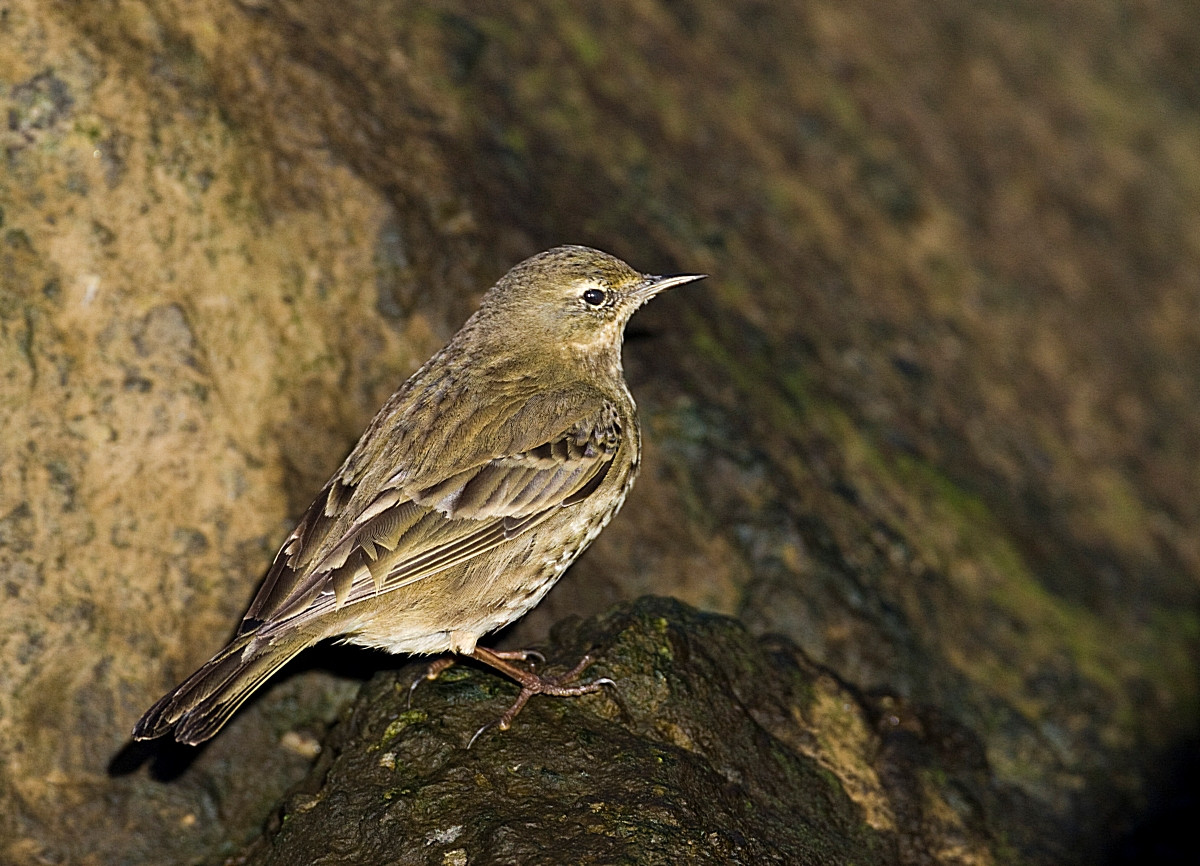Charger images
Les formats d'image autorisés sont de type jpeg, png ou gif
La taille maximale du fichier doit être de 20MB


This is a coastal village south of the River Blyth. Its bird interest lies in the variety of habitats that surround it; coast, marsh, woodland, heath, gardens.
The village has areas of private gardens and open greens, which attract the usual range of garden birds. Its northern boundary is the River Blyth and bordering marshes and wet grazing, including some waders and geese. East and south, a shingle beach stretches beyond Dunwich; the shallows offshore attract sea ducks, such as Macreuse noire. There's brackish marshes behind the shingle ridge which is threatened by erosion; the marshes attract resident and migratory passerines and waders, such as Panure à moustaches, Pipit maritime, Bécasseau variable, Combattant varié and Barge à queue noire. There will be migratory and resident hirundines, occasionally late into autumn.
The ground rises above sea level to the west and southwest of Walberswick village. In the west, there's heathland where there are Fauvette pitchou and Engoulevent d'Europe for patient and lucky watchers, as well as more common species. There's deciduous woodlandin the southwest with a few freshwater ponds with a variety of ducks.
The marshes and heathland are part of a National Nature Reserve.
Walberswick may be reached by car, bike, river ferry from Southwold or on foot. Buses serve both Walberswick and Southwold.
There are car parks on the beach side of the village and near to the ferry - a fee is required. These are likely to be full during summer season; but not during times of birding interest.
Cars, bikes and wheelchairs are restricted to the village by the terrain, so the really interesting areas will be reached on foot. There are public footpaths and visitors are required not to wander onto private land or into protected areas
There are toilets and refreshment places in the village. The area can take a day to explore. The beach gives views over the sea and the coastal marshes and this is one place where a scope is handy. This is an exposed location, which can make a scope difficult. The heath should be explored with patience to get the best chance of interesting sightings.
Votre feedback sera transmis à l’auteur.rice de cette zone et à l’équipe éditoriale de Birdingplaces, qui l’utiliseront pour améliorer la qualité des informations. (Vous souhaitez publier un commentaire visible en bas de page ? Fermez cette fenêtre et choisissez l’Option 1 : « Publier un commentaire, un conseil ou une observation ».)
Veuillez fournir des suggestions d'améliorations ou d'ajouts au texte de ce site ornithologique.
Veuillez fournir vos suggestions d'améliorations ou d'ajouts à la carte.
Veuillez fournir des suggestions d'améliorations ou d'ajouts à la liste des oiseaux.
Cliquez sur l'icône de l'oiseau () Insérez les noms d'oiseau dans votre langue. Ils seront automatiquement traduits pour les autres usagers !